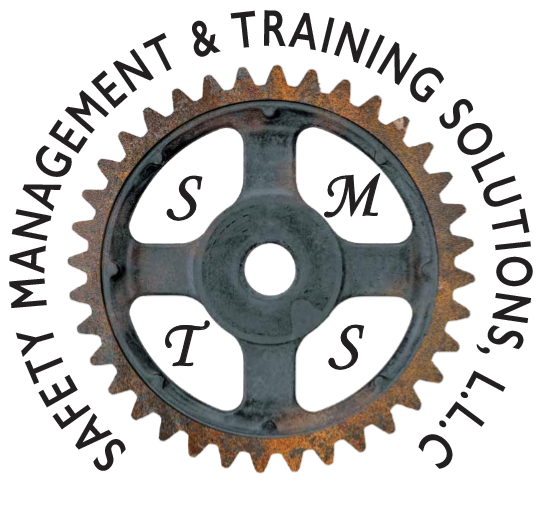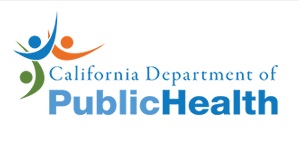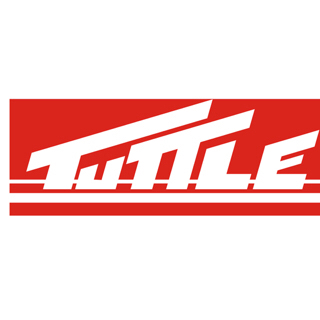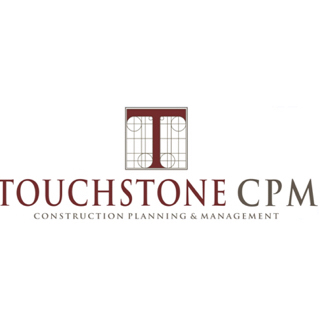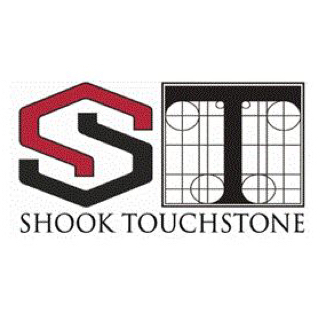Information
-
Audit Title
-
Client / Site
-
Conducted on
-
Prepared by
-
Personnel
undefined
-
Total Hours
-
Total Contractors
-
Total Employees
Previous Inspection
-
Has the previous inspection been corrected and reviewed.
Personal Protective Equipment
-
Appropriate PPE is used/worn as required (1926.95)
-
Eye protection is worn as required (1926.102)
-
Eye protection meets ANSI standards 1926.102
-
Hard hats are worn as required (1926.100)
-
Appropriate hand protection is worn as required (1926.28)
-
Appropriate safety footwear is worn as required (1926.28)
-
Respiratory protection is provided/used as required (1910.134)
-
Workers have received/reviewed the information found in Appendix D on voluntary use of dust masks (1910.134)
-
Hearing protection is provided/used as required (1926.52)
-
High-visibility clothing is worn as required (1926.28)
Health Hazards & Public Protection
-
The public is warned of potential for sudden/loud impact noises (ANSI A10.34-2001 (R2012) Section 3.2.1.1)
-
Hazardous materials are stored away from public in approved/labeled containers or secured structures (ANSI A10.34-2001 (R2012) Section 3.2.12)
-
Operations generating waste/debris are controlled to minimize exposure to adjacent areas (ANSI A10.34-2001 (R2012) Section 3.2.10)
-
Designated personnel are trained on actions to take in the event an emergency arises involving the public (ANSI A10.34-2001 (R2012) Section 3.3.1)
-
Public exposure to airborne contaminants (dust/fumes/smoke) are adequately controlled (ANSI A10.34-2001 (R2012) Section 3.2.2)
-
Measures are taken (i.e. locks, enclosures, removal, etc.) to restrict public access to hazardous equipment/supplies (ANSI A10.34-2001 (R2012) Section 3.2.9.1)
-
Where pedestrian areas are closed, suitable and safe alternatives have been provided (ANSI A10.34-2001 (R2012) Section 3.2.4.1)
-
Carbon Monoxide exposures are monitored and effective measures are in place (i.e. ventilation, personal CO monitors, etc.) to adequately protect workers from the hazard (1926.55)
-
Welding fume exposures are monitored and effective measures are in place (i.e. mechanical ventilation, use of respirators, etc.) to adequately protect workers from the hazard (1926.353)
-
Asbestos exposures are monitored and measures are in place (i.e. asbestos areas identified with signage, friable asbestos encapsulated, proper PPE used etc.) to effectively protect workers from the hazard (1926.1101)
-
Lead exposures are monitored and effective measures are in place (i.e. hand washing facilities available, respirators provided, wet-cleaning methods used, etc.) to adequately protect workers from the hazard 1926.62
Housekeeping/ Storage
-
Housekeeping is maintained in storage areas (1926.250)
-
Material stored according to Spec.
-
Storage areas are not overloaded / safe load limits are not exceeded (1926.250)
-
Housekeeping is acceptable/reasonably maintained in work areas considering nature of work performed (1926.25)
-
Material staging area is kept reasonably organized (1926.25)
-
Gang box(es) are kept reasonably clean and organized (Best Practice)
-
Garbage and other waste is disposed of at frequent and regular intervals (1926.25)
-
Removal of any dust and debris outside of partitions.
-
Use of HEPA vac
Ladders & Stairs
-
Ladders are inspected/no visible defects (1926.1053)
-
Ladders are set up at proper angle (1926.1053)
-
Top of ladder/side rails are secured to prevent side shift (1926.1053)
-
Ladders are set up on stable/level surface (1926.1053)<br>
-
Base of ladder is secured when surface is unstable, uneven or wet (1926.1053)
-
Ladders are used correctly for intended purpose (1926.1053)
-
Spreaders are fully engaged on stepladders (1926.1053)
-
Employees do not use the top two (2) steps of stepladders (1926.1053)
-
Area at top and bottom of ladder is kept clear (1926.1053)
-
Workers have at least one hand free to grasp ladder when climbing (1926.1053)<br>
-
Employees do not carry object or load that could cause them to lose balance and fall when climbing ladders 1926.1053
-
Ladder extends 3ft above upper landing 1926.1053(b)(1)
Fall Protection
-
Top and mid-rail are in place and set at proper height (1926.502)
-
Top rail is capable of withstanding 200 lb. force applied downward and outward (1926.502)
-
Suitable anchorage is provided and used for personal fall arrest system (1926.502)
-
Fall protection equipment inspected prior to use (lanyard, retractable, harness, hooks, connector, etc.) 1910.140(c)(18)
-
Floor hole covers are secured, capable of supporting 2x maximum load, and appropriately marked (1926.502)
Hot Work
-
All combustible and/ or other fire hazards removed from hot work area 1910.252(a)(1)(i)
-
Equipment inspected prior to use
-
Safe guards in place to prevent persons from walking in hot work area. 1910.252(a)(1)(ii)
-
Approved outage permit for alarms/ smoke detectors
-
Fire watch required? (Min 1 hour per spec.)
-
AOC/ LOC Signed Approved Hot Work Permit
Fire Protection
-
Only approved/UL listed fire extinguishers are provided (1926.150)
-
Extinguisher free of obstruction and path clear
-
Portable fire extinguishers are mounted (NFPA 10-6.1.3.8)
-
Extinguishers inspected monthly 29 CFR 1910.157(e)(1)
First Aid / Sanitation
-
Certified First Aid/CPR provider is readily accessible in absence of medical facilities near worksite (1926.50)
-
Emergency numbers are posted when 911 service is not available (1926.50)
-
Steps have been taken to ensure prompt medical care (i.e. location of nearest medical facilities identified/posted) (1926.50)
-
First aid supplies are easily accessible when required (1926.50)
-
Medical/FA Services have been adequately addressed (1926.50)
Electrical
-
Ground pins are attached to electrical cords (i.e. extension cords and/or flexible cord sets) (1926.404)
-
Adequate lighting provided in work area 1926.56(a)
-
Electrical cords are protected/kept clear of working spaces and walkways (1926.416)
-
All sockets in temporary lighting have bulbs and are protected(1926.416)
-
Nothing secured/ hanging/ draped, on sprinkler pipe line?
-
GFCI is used for temporary power connections (1926.404)
-
Flexible cords are maintained in good condition (1926.416)<br>
-
Electric cords used per manufacturers recommendations (daisy chaining prohibited) CFR 1926.403(b)(2)
Tools
-
Hand and power tools are maintained in safe operating condition (1926.300)
-
Inspection completed prior to each use (including cordless tools, battery, charger)
-
Guards are in place and functional on power tools (1926.300)
-
Equipment and machine guards are in place and properly installed (1926.307)
Other/ Misc.
-
Pre-shift stretching completed per company policy (Best Practice)
-
Construction areas are properly illuminated (1926.56)
-
Frequent and regular jobsite inspections completed 1926.20(b)(2)
-
Defective machines/tools/equipment are tagged or removed from service(1926.20)
-
Equipment is being used per manufacturer’s procedures 5(a)(1)
-
Employees demonstrated competency and were observed following company safety rules during my visit, no unsafe acts observed (reference Section 5b1)
-
Toolbox talks are completed weekly per company policy (1926.21)
-
Toolbox talks are documented/signed by employees (Best Practice)
-
Job specific safety training is provided/documented (OSHA Publication 2254)
-
All new hires receive formal safety orientation prior to being allowed on the worksite (OSHA Publication 2254)
Signs and Postings
-
OSHA Workplace Poster is posted (1903.2)
-
Danger/Caution signs are posted as needed or as appropriate for the hazard (1926.200)
-
Danger Keep Out signs or similar warning signs are posted around perimeter of worksite (Best Practice)
-
Emergency numbers/contacts posted (Best Practice)
Exit/ Egress
-
Exits are available and free of obstructions (1926.34)
-
Exits and access to exits (when not immediately visible or obvious) are marked with signs (1926.34)
-
No Exit/Egress violations were observed (1926.34)
Additional Comments
-
Notes







